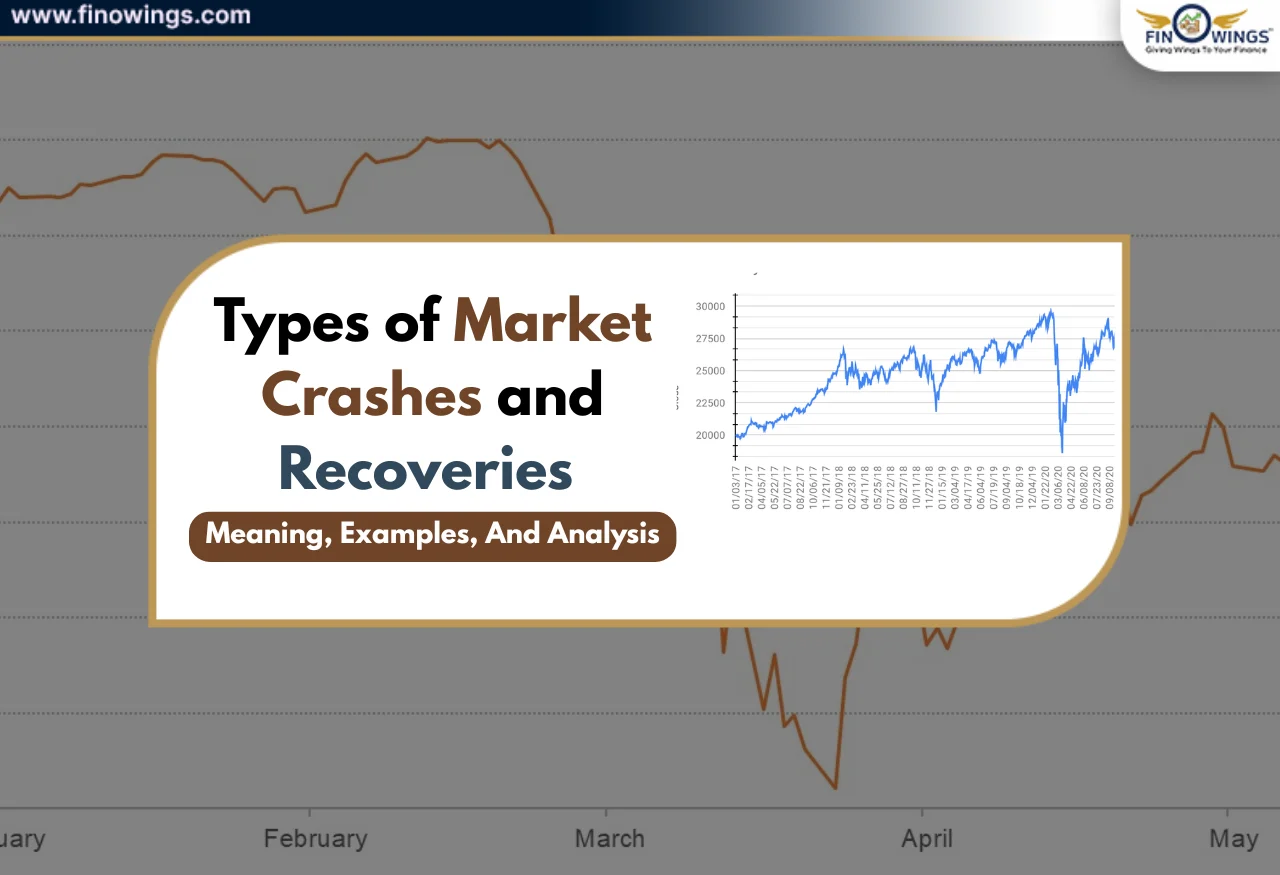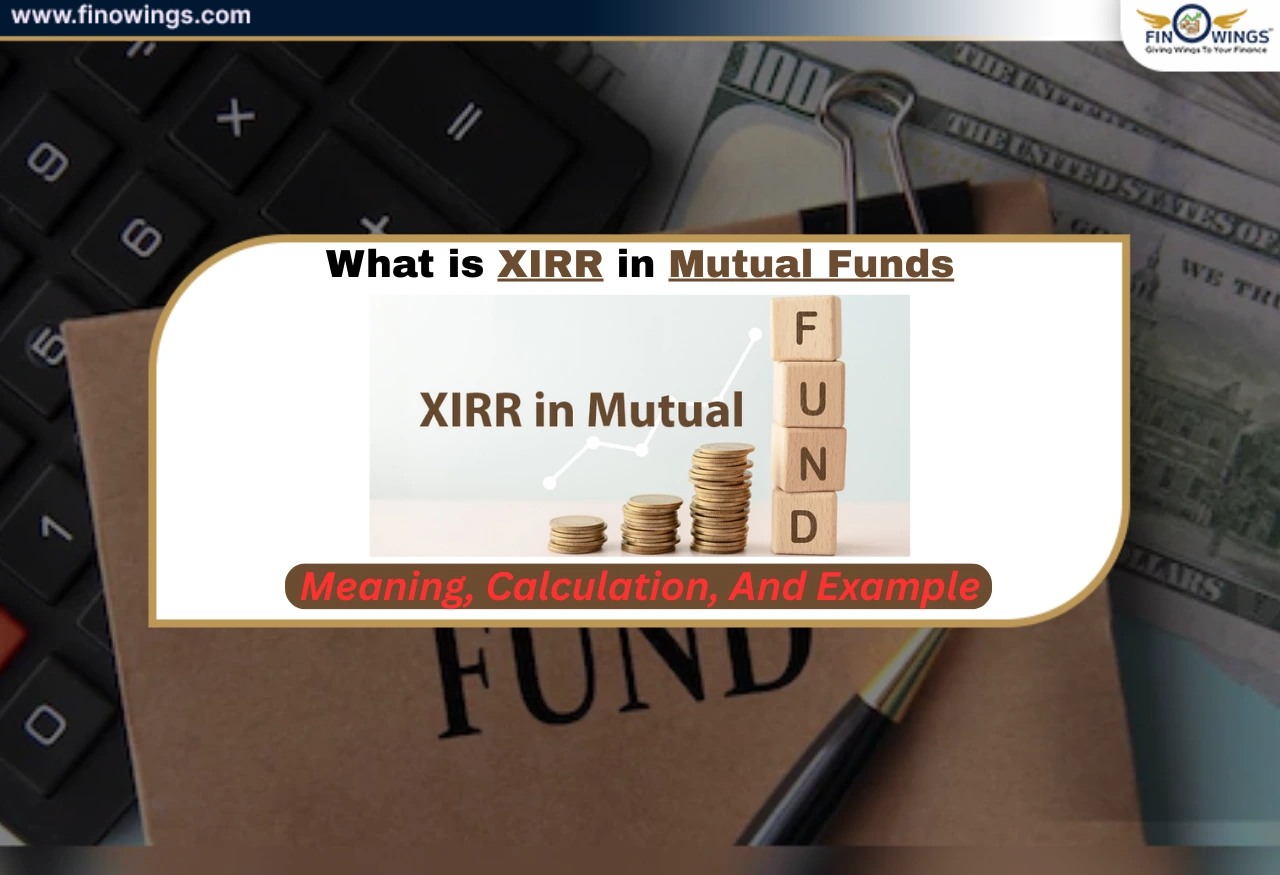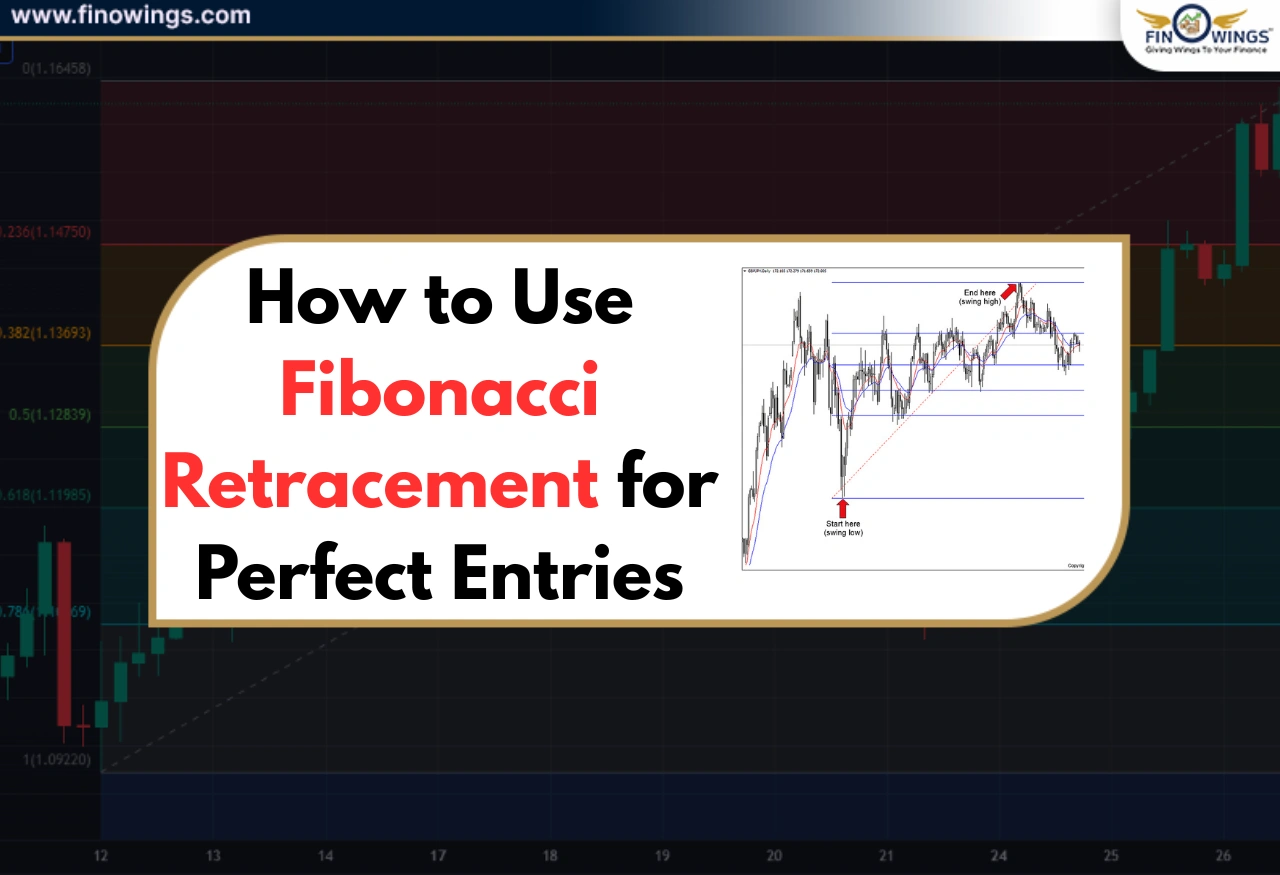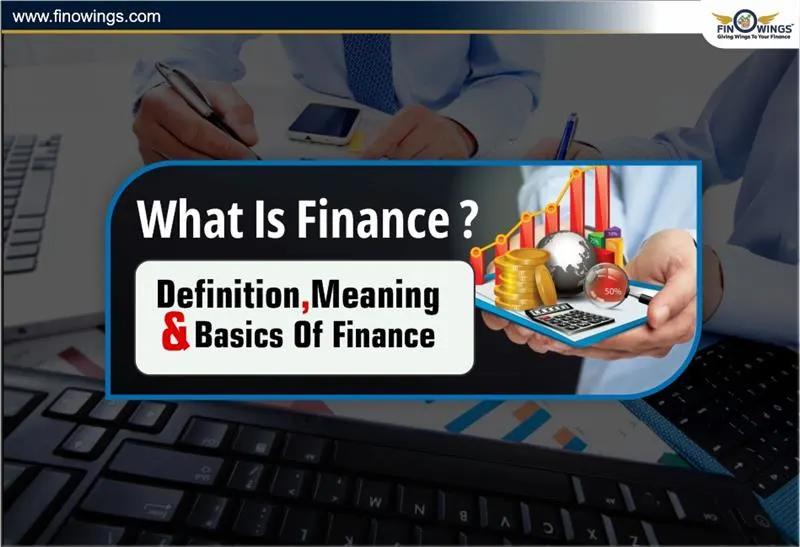Home >> Blog >> Dividend - What Is Dividend, How Dividend Works, Types & Importance Of Dividend?
Dividend - What Is Dividend, How Dividend Works, Types & Importance Of Dividend?
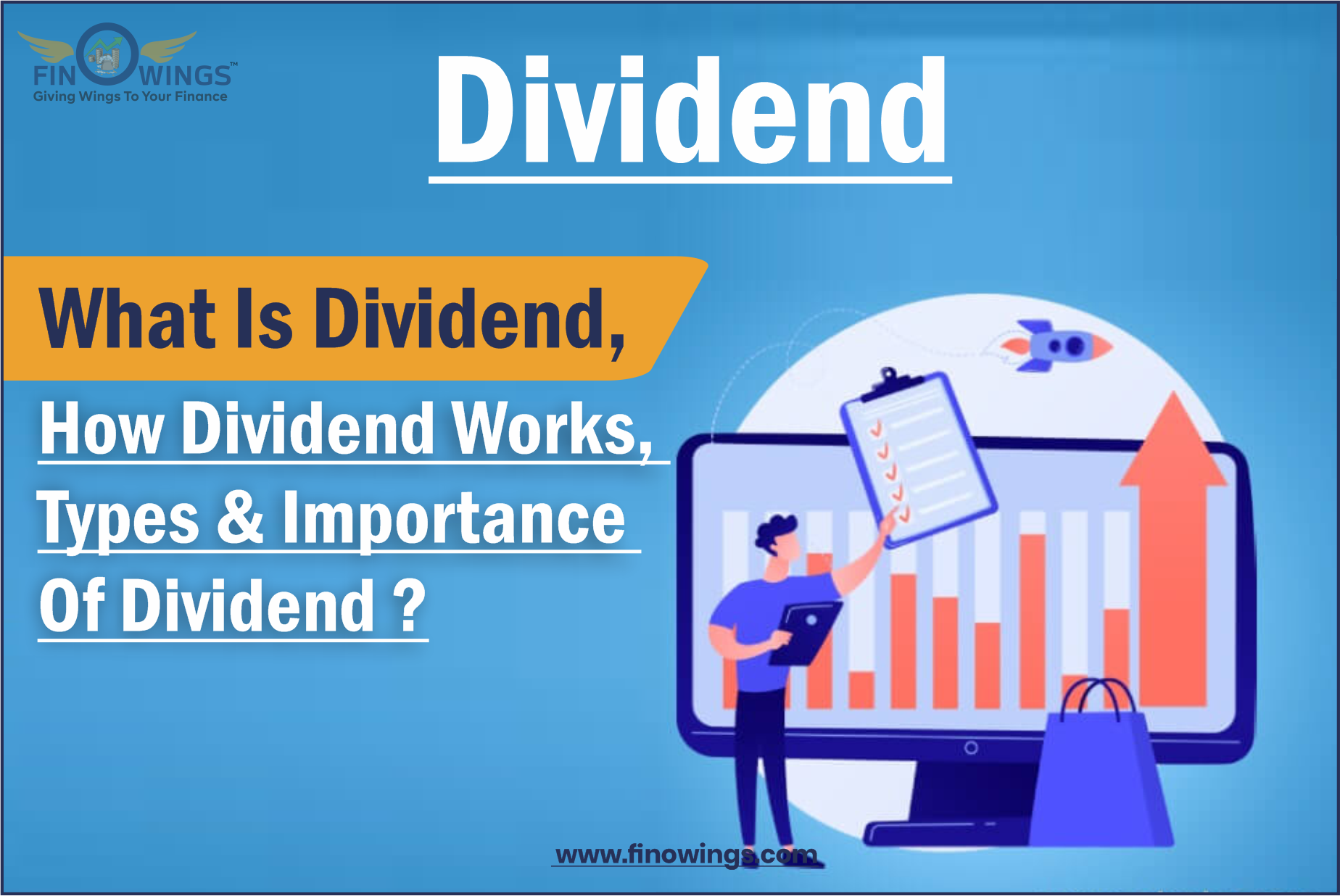
Table of Contents
1. Introduction
A corporation or business pays dividends out of its profits to its shareholders. Usually, the dividend is paid out every quarter. In addition, shareholders can receive dividends in the form of cash or shares.
One way for businesses to distribute their profits to shareholders is through dividends. The board of directors of a firm has the authority to determine whether to pay out profits to shareholders by way of dividends.
Certain investors prefer firms that pay dividends since they offer a reliable revenue stream. Dividend payments can also be a measure of a firm's financial health.
But it's vital to remember that not all businesses distribute dividends. Some businesses reinvest their profits in the company rather than distribute them to shareholders. Furthermore, even if a business does provide dividends, the amount may change from year to year.
2. How does A Dividend work?
The dividend amount is calculated for each stock and must be distributed proportionately to all shareholders of the same class (usual, preferred, etc.). The Board of Directors should authorize the payout.
The payment date is the day after the dividend is proclaimed that it will be paid.
The following are the steps:
Step 1: The business makes money and keeps its retained profits.
Step2: The administration team chooses to distribute some additional income to shareholders (rather than being invested)
Step 3: The expected dividend is approved by the board.
Step 4: The business makes the dividend public (the price per stock, the payment date, the recording date, etc.)
Step 5: The shareholders receive the dividend.
3. Types of Dividends
There are several different ways that a company might distribute dividends to its shareholders. The most typical sorts that shareholders get are listed here, with a short overview.
Types of dividends consist of:
-
Cash – The most typical payment is cash; cash dividend refers to real money paid by the organization to its shareholders. Typically, the payment is made digitally (through a wire transfer), although it is possible to pay with a cheque or cash.
-
Stock – Dividends paid in shares are distributed to shareholders by releasing more company shares. They are dispersed in proportion to how many shares the investor already has.
-
Assets – A business cannot distribute money to its shareholders in cash or stock. However, it is uncommon; a firm may also pay out other assets, including investment securities, tangible property, and real estate.
-
Special – A special dividend is paid in addition to a firm's standard dividend payout schedule (i.e., quarterly, annual, etc.). It generally happens when there is too much money on the side for whatever cause or another.
-
Common – refers to the group of shareholders (common shareholders), not the amount paid out.
-
Preferred – The term "preferred" also designates the group of shareholders who will receive the dividend.
-
Other – Choices, warrants, stock in a new spin-off firm, and other uncommon financial assets can also be paid dividends.
4. Important Dates For Dividends
The dates connected to the activities leading to dividend payouts are crucial in determining which shareholders are eligible to get the dividend payment.
-
Date of the announcement. The organization's administration declares dividends on the declaration day, and before they can be given, the shareholders should accept them.
-
Ex-dividend date. The day on which the dividend entitlement ends is called the ex-dividend date. The ex-dividend date is also known as the ex-date. For example, stockholders who purchase a share on or after the ex-date, Monday, May 5, will NOT be eligible to collect the dividend. Owners of the shares on Friday, May 2, or earlier are eligible for the payment if they owned it one business day before the ex-date.
-
Record date. The corporation sets the record date as the cutoff date to decide whether shareholders qualify for dividends or payout.
-
Date of payment. On the payment day, the corporation makes the dividend payment whenever the funds are credited to investors' accounts.
5. What Impact Do Dividends Have on Stock Share Prices?
Dividend payments impact share prices; the value may increase upon release by a factor roughly equal to the dividend announced and then decrease by a factor roughly equivalent to the dividend announced at the inaugural meeting of the ex-dividend date.
For instance, an organization that is currently trading at $60 per share releases a $2 dividend it is issued. As a result, the share value could rise by $2 and reach $62 as the news spreads.
Suppose the stock trades at $63 per share one working day before the ex-dividend date. Since anyone who purchases on the ex-dividend day will not get the dividend, it is adjusted by $2 and starts trading at $61 at the beginning of the trading period on the ex-dividend date.
Although not a guarantee, the value frequently changes on the ex-dividend day due to the dividend.
6. How is Dividend Income Estimated?
A dividend is computed by applying the dividend payment ratio, which divides income per share by the annual dividend per share. The given ratio can be represented as –
Dividends paid / Reported Net Income is the dividend payout ratio.
Notably, the dividend payment ratio for businesses that do not distribute dividends to shareholders is 0. According to this, businesses with a 0-dividend payment ratio pay their net profits as dividends.
The retention ratio can also be calculated by dividing profits per share by the dividend payout of each share. The identical can be written as -
Dividend per share/earnings per share equals the retention ratio.
The dividend distribution ratio makes it simple to determine how much cash a business gives its shareholders. The ratio can also determine how much money is invested in increasing and enhancing a business's operations, paying off debt, or accumulating cash reserves.
It helps determine the sustainability of an organization. For example, a corporation with a payment ratio of more than 100% is giving out more than its shareholders receive in profits. A corporation would ultimately be forced to lower its providing or stop it altogether due to this behaviour. However, a corporation with a consistent dividend payout ratio reveals a solid financial position.
7. Dividend-Paying Companies
The top dividend payers are frequently more prominent, more experienced businesses with reliable revenues, and the following sectors categories consistently track dividend payments:
-
Basic supplies
-
Banks and finance
-
Oil and gas
-
Healthcare
-
Pharmaceuticals
-
And utilities
Businesses organized as real estate investment trusts (REITs) and master limited partnerships (MLPs) must make specific payments to shareholders.
Funds may also make 4 Continual dividend payouts by their declared investment goals.
Startups in industries such as technology and biotech do not provide monthly dividends, as these businesses are still in their early stages of development. However, the company's management can use that profits for the company's growth.
8. Buyback versus Dividend
The company management has various payout options they might offer to the shareholders. The two most popular kinds are stock buybacks and dividends. It is known as a share buyback, whenever a business repurchases shares on the open market using cash from its balance sheet. It has two outcomes.
(1) It pays out dividends to shareholders.
(2) It lowers the outstanding share count.
Increasing a firm's EPS justifies share buybacks as an additional method of capital return to shareholders. The denominator of EPS (net profits/shares outstanding) decreases when the number of due shares decreases, and EPS rises as a result. Corporate executives may be motivated to employ this tactic since their capacity to increase profits per share is routinely examined.
9. Fund Dividends
The dividends paid by funds, such as bonds or mutual funds, differ from those given by companies. This is because funds employ the idea of net asset value (NAV), which denotes the price of the assets they own in their portfolio.
Consistent dividend payments should be taken to mean something other than that the fund is doing exceptionally well. For instance, a bond-investing fund may pay dividends each month since it receives interest on its interest-bearing investments each month and merely pays the fund's owners all or part of the interest income.
A share investment fund may distribute dividends in the form of capital gains from the sale of a specific stock or the profits it makes from the various equities it holds in its portfolio.
Conclusion
A corporation gives its shareholders a payout, a proportion of its profits, and retained earnings. Whenever a corporation makes a profit and generates retained profits, those funds can be invested in the firm or distributed as dividends to shareholders. The annual dividend per share is divided by the stock price to calculate the dividend yield.
Author
Frequently Asked Questions
Definition: A dividend is a gift that a corporation provides to its shareholders, whether it be money or something else. Dividends may be distributed in a number of ways, including stock dividends, money transfers, and other forms. The board of directors of a firm determines its dividend, which needs shareholder authorization.
Among the four crucial steps in the division procedure is the dividend. It is necessary to divide the entire into several equal sections. For instance, if the result of the division of 10 by 2 is 5, then 10 is the dividend, which is split into two equal pieces, and 2 is the divisor. The result of the division is 5, the quotient, and the remainder is 0.
A dividend is when a class of shareholders receives a portion of a corporation's earnings. Typically, dividends are paid by way of dividend checks. They might, though, also receive payment in more equity shares.
Dividends are asset distributions that a company may provide you if you hold shares in it. Most dividends are given by companies in cash. They may, therefore, also pay them in the form of another company's stock or any other asset.

